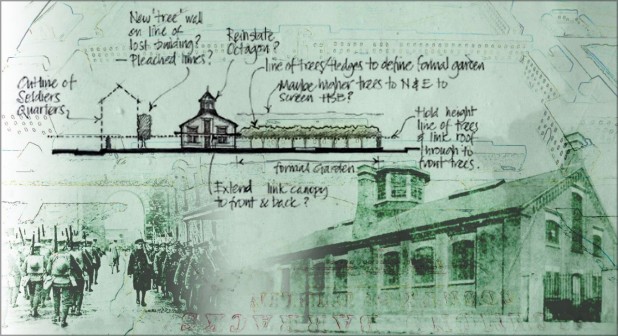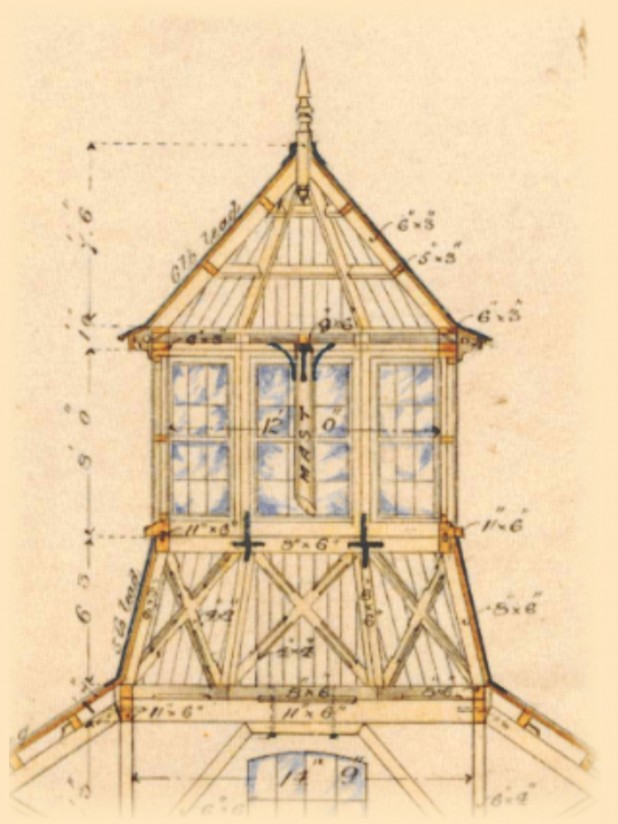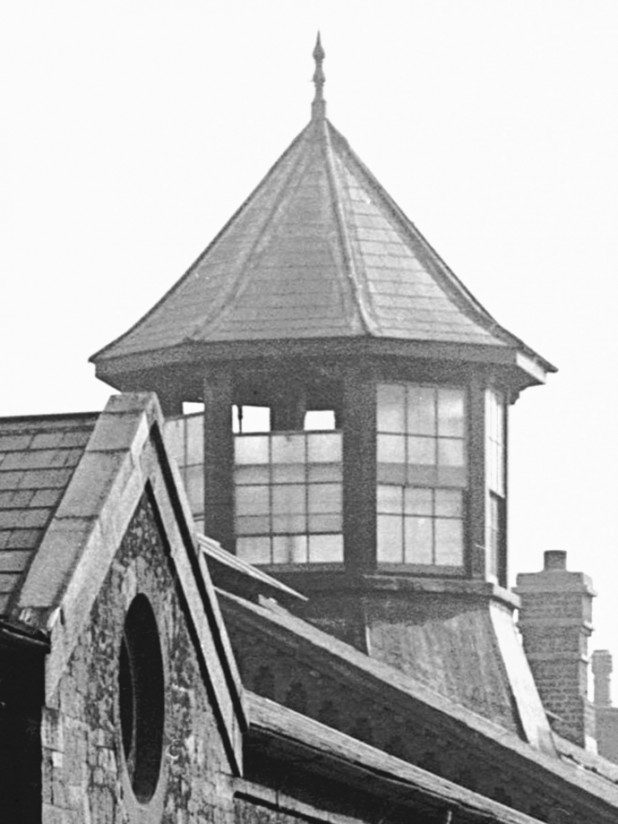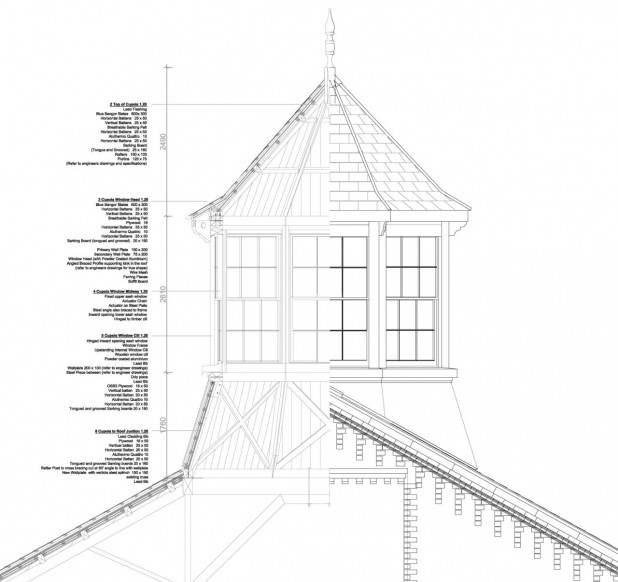Richmond Barracks Restoration News
Almost a year has passed since the plan to turn the old Richmond Barracks into an Exhibition Centre was given the go ahead. This was decided so that the Barracks can play its part in this year’s 100th anniversary of the 1916 Easter Rising. The decision was to turn the Barracks into an Exhibition Centre. The Centre will tell the story of the rich history of Richmond Barracks. Once a prison to Irish Rebels who fought for Irish Independence. It also served as a military barracks, an infamous social housing estate and a Christian Brother School.
Construction Company “Purcell Construction”, has been contracted to restore the Richmond Barracks and has been very busy since they started on the project in November. There are a team of designers working together to get this project finished before for the state ceremonial event, set to happen on the 2nd May 2016; they are:
Architects, Conservation Architects Grade 1 – Blackwood Associates with Margaret Quinlan Architects
Civil and Structural Engineers – David Kelly Partnership
Building Services Consultants – Dervan Engineering Consultancy
Quantity Surveyors – D.L. Martin & Partners
Landscape Architecture – Mitchell + Associates
Fire Safety – FLN Consulting Engineers
PSDP – SafetyDot.com
Richmond Barracks Gym is pretty much the same building it was in the days it served as military barracks, but through the years the verandahs and octagonal lantern (Cupola) were removed. All this is in the process of being restored and the lantern will be reconstructed to resemble the original structure. The designers and developers are trying to keep the current work as contemporary and minimalistic as possible and work being done on the old building will be kept close to the original design, while using materials that are authentic. The octagonal lantern is being reconstructed by using drawings and photographs of the original lantern piece. Once a landmark in the Inchicore area, it will once again take its place in history following completion of the project. Here are a few sketches of what it should look like when it is finished:
Extract from historic drawing dated 1874 of Limerick Gymnasium identical to that in Richmond Barracks. By kind permission of the National Archive, Kew.
Extract from historic photograph of Richmond Barracks ca.1915 from the Lawrence Collection. By kind permission of the National Library of Ireland.
Architect’s working drawing 2015 showing details for the reinstatement of the octagonal lantern based on the historic photograph and drawing.
Joe Lee has made this short YouTube Video of the restoration so far: https://youtu.be/aiLDLVY6ybQ. That is the work on the outside, but a lot of planning has gone into restoring the interior. The rooms will become venues where multi-media storytelling will be used to take you through the 200 years the Barracks were in use. It will be used for exhibition spaces, a digital archive of artifacts relevant to the building’s history will be available to view, gardens, cafes and installations from local artists, will be there to enjoy by the many visitors Richmond hopes to attract.
The Barracks will be given a new glazed single-storey link between both buildings. The classroom building will be extended into a glazed single-storey conservatory and the octagonal lantern structure to the roof of the gymnasium will be re-instated. The HSE Primary Care Unit, Thornton Heights and other existing public services will be connected.
A formal enclosed garden to the east with a planted perimeter has been proposed with a small walled kitchen garden with ancillary structures including a glasshouse, potting sheds and a boiler room. The existing road will be realigned and a new paved forecourt to the front/west to calm the traffic has been suggested. The entrance will be moved to the south to make access easier for visitors. The proposed development will serve as an exhibition centre and archive for national and local history, a visitor centre including a tearoom and an educational and community resource.
In May 2015 it was suggested that on the 8th of March 2016 events will be held to commemorate the 77 women held in Richmond Barracks and on the 2nd May events will take place to commemorate the Courts Martial which took place in the Barracks during 1916. Speaking to Martin McDonagh, the Project Co-ordinator at Dublin City Council, about the costs involved with this project last year, he was saying: “The Department of Arts, Heritage and the Gaeltacht have committed €3.5 million to the development of Richmond Barracks.” The Government announced in last year’s budget that it would allocate €212 million for Department of Arts, Heritage and the Gaeltacht.
Richmond Barracks played a significant role during the 1916 Rising. During the First World War (28th July 1914 – 11th November 1918) the British Government interned 300 civilians briefly at Richmond Barracks. They were then moved to camps at Oldcastle, Co. Meath and on the Isle of Wight when the first military prisoners arrived. Some of the 400 imprisoned soldiers were injured when they arrived at Richmond and treated in the military hospital in Richmond. Later on, they were joined by over 2,300 German prisoners, also called the ‘guests of the nation’. The barracks were divided into four compounds which were guarded by patrolling sentries from the Leinster Regiment, armed with machine-guns and searchlights. The compounds were surrounded by barbed wire and high observation towers.
Richmond was now full of captured soldiers and this was good for business. Shopkeepers were supplying the barracks with supplies and the locals had formed a friendly relationship with the prisoners. They would often go to the barracks to visit the ‘new kids on the block’. The prisoners referred to the Barracks as ‘Turnhalle Barracks’ in their letters they sent home. Then in March 1915 the prisoners were moved to England so that the Barracks could be used as a training depot for Irish soldiers preparing to go to war, but it was also reported that volunteers who served under Pierce McCann, a senior member of the Irish Volunteers, were going to attack the barracks to set the prisoners free and that this was the real reason for them being moved to England. (This information gathered from: http://www.historyireland.com/20th-century-contemporary-history/its-a-long-way-to-tipperary-german-pows-in-templemore/)
After the 1916 Easter Rising, suspected rebels were taken to Richmond Barracks to await sentencing. There were men and woman, thought to be rebels, taken to the Barracks and were held as prisoners with the seven signatories of the proclamation. Michael Collins, Eamon De VAlera, Arthur Griffith and William T. Cosgrave were all detained at the Barracks. During this time (1st – 14th May 1916) death sentences were handed out and executions followed in Kilmainham Gaol, until an increasingly pressure British Prime Minister Herbert Asquith, paid a visit to Richmond Barracks.
We look forward to the grand opening!














Who made the original decision to shut down and demolish the Richmond Barracks in the first place?